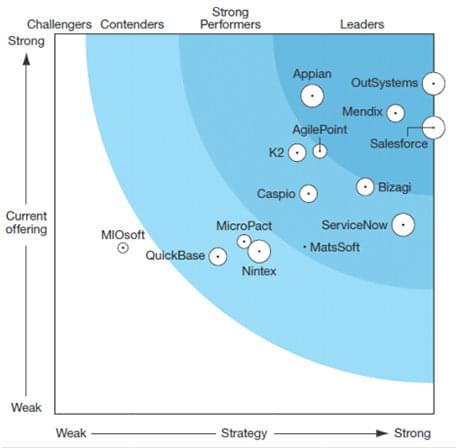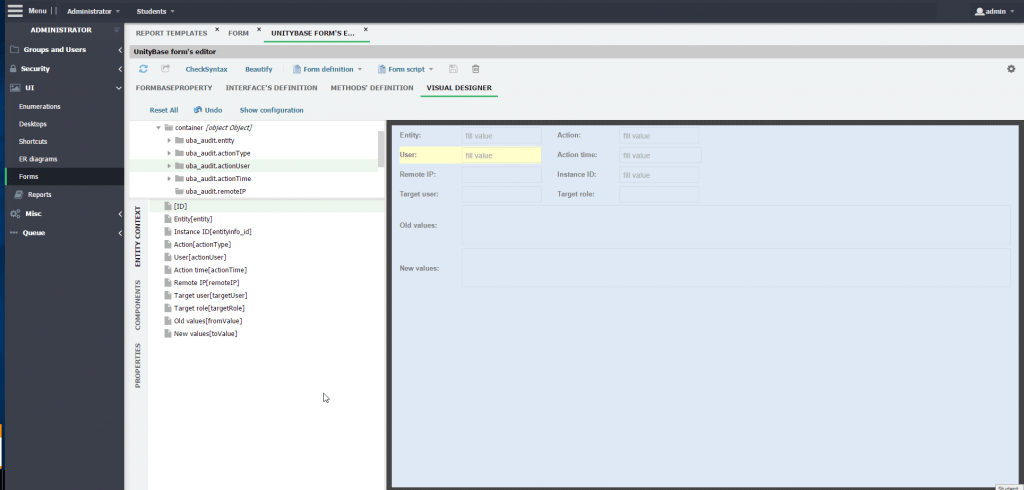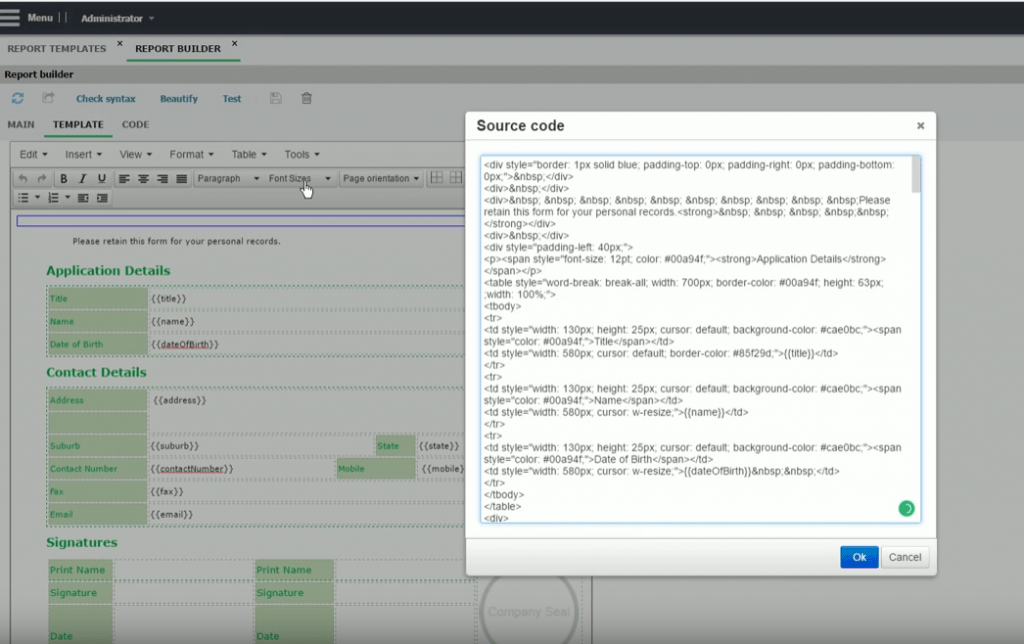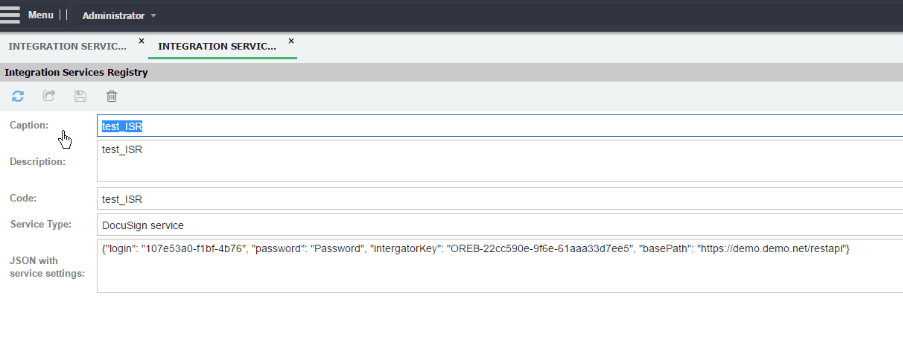Fancy you are an enterprise, have a brilliant idea that can make the world reel, or just do your business and seek ways to increase your performance. In today’s highly digitized and rapidly evolving world, you most likely can’t do without specialized software to bring ideas and tasks to life. Moreover, you will need it immediately and at the lowest possible cost. In this case, you have two ways to get your application developed: either employ a software development company or fulfil the task on your own by leveraging a low-code development platform with all the necessary embedded features.
Can App Development be Low-Code?
According to Forrester, low-code development platforms are platforms that enable rapid application delivery with a minimum of hand-coding, and quick setup and deployment, for systems of engagement.
These platforms are different from Application Platform-as-a-Service (aPaaS) and Rapid Application Development (RAD). They generate source code as a base for customization, allow users to customize html markup and source code, and integrate with web services, APIs, or databases to connect data. Low-code development platforms eliminate the need for hand-coding. They take a visual, more intuitive drag-and-drop approach to building apps, allowing their users to deliver applications faster and at lower cost but without compromising security, scalability, and application management. They mostly focus on the visual configuration of virtual data models, integration, tooling for implementing business logic and workflows, and built-in components for designing responsive user interfaces.
What makes these platforms so special is that they minimize the need for extensive coding experience. Low-code development platforms provide an environment where users can rapidly and easily create and modify various types of business applications with minimal coding (i.e., without the need for low-level coding), thus ensuring high software quality and more successful business outcomes. Both developers and non-developers can use these tools for rapid application development with customized workflows and functionality.
The low-code platform market includes a wide range of vendors (see Picture 1), each offering different sets of features and approaches to application creation.

Today’s platforms have revolutionized app development. However, there is certainly room for improvement as users begin to expect both greater agility and a broader scope of functionality. Moreover, IT security issues have become global headline news. What comes next for application development must simultaneously break down siloes and increase security.
UnityBaseNext is a prime example of a Next Generation low-code platform. Its creators did not lock themselves into an existing product category. Instead, they went further and created a new standard of software development. As a result, the platform ensures an extremely high speed of application development, an advanced level of security, openness and scalability, and easy deployment and administration of the delivered solutions.
UnityBaseNext Killer Features
UnityBaseNext offers an extensive infrastructure and a variety of features and functions that enable users to quickly configure complex enterprise applications, both web and mobile. This includes:
- Support of model-driven application design and development. Plenty of inbuilt ready-to-use customizable components and models considerably speed up the application development process and make it effective and economical. Users can exploit them to create custom algorithms and specific logic, produce extensions and plugins, generate reports, and perform many other actions as part of the development process (see Picture 2).

- No specialized training required. As applications are configured visually based on inbuilt models and components, users don’t need much hand-coding. Also, the platform is based on a common programming language that covers both client and server development sides. Therefore, UnityBaseNext can be used by anyone: pro developers, business users, and even citizen developers with no coding background.
- Automatically generated rich-client user interfaces (UI) allow users to test applications prior to their final configuration. Moreover, they can create a unique UI (Front-End) and connect it to an already developed Back-End (see Picture 3).

- UnityBaseNext generates its own powerful APIs and uses external APIs to facilitate communication between applications, devices, and the database. The application development process also occurs via a variety of APIs.
- Availability of Business Process Modelling (BPM) Workflow Engine. This environment allows users to map and illustrate current workflows and processes as easily understood flowcharts, analyze, configure, and improve them to ensure their conformity with the current business requirements, as well as design future workflows and processes incorporating these improvements. BPM is a critical component of successful business process management and ensures the improved business performance of any enterprise.
- To save a lot of developer time and resources, the platform reuses already existing code.
- Separate management of each part of an application. This allows alterations to be made without taking the entire application offline.
- Smooth integration with other systems. The platform includes pre-built integration blocks for systems such as MS SharePoint, DocuSign, Salesforce, etc. (see Picture 4).

- UnityBaseNext can run both on-premises and on the cloud.
- The platform includes both desktop and mobile clients. Users can switch between different devices whenever required without interrupting the whole development process.
- UnityBaseNext has direct access to the most widely used databases and DBMS.
- The platform enables logging and authentication, as well as user permissions management.
- Auto-recording and version control systems are included to allow users to monitor all possible process and data modifications.
- UnityBaseNext based applications are more productive and require less hardware.
- The platform provides out-of-the-box support for the whole development process.
- UnityBaseNext provides a lot of analytics tools. These include a dashboard, charts creator, KPI measuring tool, heatmap and report generators, etc.
These features let UnityBaseNext help its users reap multiple benefits, in particular, 5-10 times shorter time to market, minimized risks, scalability, flexibility, cost-effectiveness, and professional support. The platform facilitates the quick build and launch of new digital products.
Andrey Bezugliy, Architect at Softengi: “UnityBaseNext is a framework aimed to help businesses and individuals from an ample variety of industries to create high performance enterprise solutions in a very short time. It satisfies all market requirements for cost-effectiveness, transparency, information, service, and communication”.
UnityBaseNext has already been used to develop an ample amount of unified electronic state registries covering up to 30,000 users, automated document management systems for governmental authorities and businesses using a single low-end server capable of high performance for up to 5,000 concurrent users, process 100,000 documents per month, and provide 10 TB storage. The platform has given birth to numerous business process automation systems, personnel records, and all sorts of enterprise software.
Pavlo Mashliakovskyi, Platform Architect: “Our overall goal has always been to provide our clients with high-quality, complex and customized enterprise software applications. The idea was to design a technology that would allow us to create applications simpler and faster. Thus, our 20 years of experience culminated in the creation of UnityBaseNext. We personally apply the platform in our work and would like to share its wide range of opportunities with others.”
To find out more about UnityBaseNext, or to have an initial consultation, please email [email protected].




